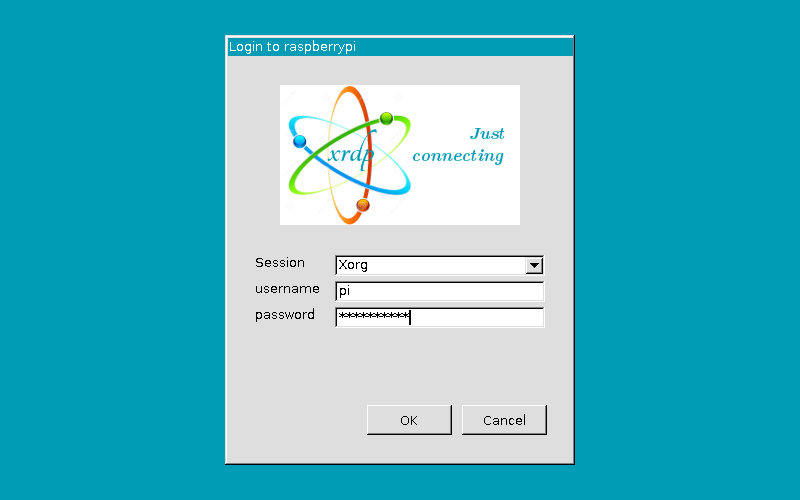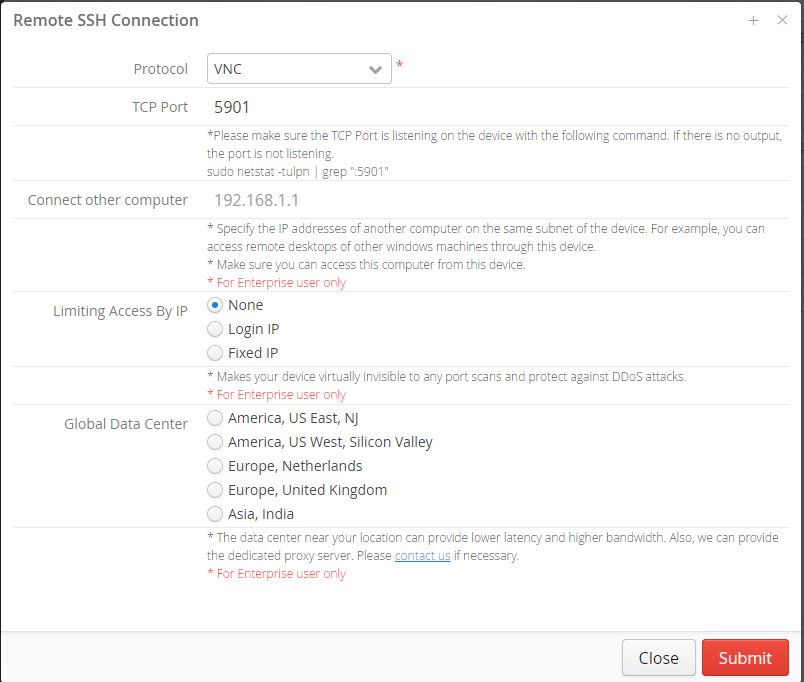RemoteIoT software free for Raspberry Pi is a powerful tool that allows users to manage and control IoT devices effortlessly. If you're exploring the world of IoT and looking for cost-effective solutions, this guide will provide everything you need to know about Raspberry Pi and its compatibility with free RemoteIoT software. Whether you're a hobbyist or a professional developer, this article will cover all aspects of the technology and its applications.
Raspberry Pi has revolutionized the way we approach IoT projects. With its compact size and affordability, it has become a favorite among tech enthusiasts and professionals alike. The availability of free RemoteIoT software adds another layer of convenience, enabling users to remotely monitor and manage their IoT devices without incurring additional costs.
In this comprehensive guide, we'll delve into the features, benefits, and practical applications of Raspberry Pi RemoteIoT software. From installation to troubleshooting, we'll cover everything you need to get started and optimize your IoT setup. Let's dive in!
Read also:Bob Dylan Still Alive Exploring The Life Legacy And Impact Of A Music Icon
Table of Contents
- Introduction to Raspberry Pi and RemoteIoT
- Raspberry Pi Basics: Understanding the Hardware
- RemoteIoT Software: An Overview
Free RemoteIoT Software Options for Raspberry Pi
Step-by-Step Installation Guide
Benefits of Using Free RemoteIoT Software
Practical Use Cases for Raspberry Pi RemoteIoT
Common Issues and Troubleshooting Tips
Ensuring Security in Your IoT Setup
Read also:
- Did Will Smith The Actor Die In A Car Accident
Future Trends in Raspberry Pi and RemoteIoT
Conclusion
Introduction to Raspberry Pi and RemoteIoT
Raspberry Pi has become synonymous with innovation in the tech world. This small yet powerful device has paved the way for countless DIY projects and professional applications. RemoteIoT software complements Raspberry Pi by enabling seamless remote management of IoT devices.
The integration of free RemoteIoT software with Raspberry Pi opens up a world of possibilities for users. Whether you're setting up a home automation system or managing industrial IoT devices, this combination offers flexibility and cost-effectiveness.
Raspberry Pi Basics: Understanding the Hardware
Before diving into the software, it's essential to understand the hardware that powers this ecosystem. Raspberry Pi is a single-board computer that offers a range of features:
- Compact size
- Multiple GPIO pins for connectivity
- Support for various operating systems
- Low power consumption
These features make Raspberry Pi an ideal choice for IoT projects. Its versatility allows users to customize their setups according to specific needs.
RemoteIoT Software: An Overview
RemoteIoT software is designed to enhance the functionality of IoT devices. It provides users with the ability to monitor and control devices remotely, making it an essential tool for modern IoT setups.
Key features of RemoteIoT software include:
- Real-time data monitoring
- Customizable dashboards
- Secure communication protocols
- Compatibility with multiple devices
By leveraging these features, users can optimize their IoT systems and improve overall efficiency.
Free RemoteIoT Software Options for Raspberry Pi
Several free RemoteIoT software options are available for Raspberry Pi users. These tools cater to different needs and skill levels, ensuring that everyone can find a solution that suits them.
Popular Free Options
Some of the most popular free RemoteIoT software options include:
- Node-RED: A flow-based programming tool for wiring together hardware devices, APIs, and online services.
- Home Assistant: An open-source home automation platform that allows users to control their smart home devices.
- MQTT: A lightweight messaging protocol ideal for IoT communication.
These tools provide users with the flexibility to build customized IoT solutions without incurring additional costs.
Step-by-Step Installation Guide
Installing free RemoteIoT software on Raspberry Pi is a straightforward process. Follow these steps to get started:
- Download the desired software from its official website.
- Install the software on your Raspberry Pi using the terminal or a graphical interface.
- Configure the software settings to match your device requirements.
- Test the setup to ensure proper functionality.
Refer to the official documentation for detailed instructions specific to each software option.
Benefits of Using Free RemoteIoT Software
Using free RemoteIoT software offers several advantages:
- Cost-Effective: Eliminates the need for expensive proprietary software.
- Customizable: Allows users to tailor the software to their specific needs.
- Community Support: Access to a vast community of developers and enthusiasts for troubleshooting and collaboration.
These benefits make free RemoteIoT software an attractive option for both beginners and experienced users.
Practical Use Cases for Raspberry Pi RemoteIoT
Raspberry Pi RemoteIoT software can be applied in various scenarios:
- Home Automation: Control lighting, thermostats, and security systems remotely.
- Industrial Monitoring: Monitor machinery performance and environmental conditions in real-time.
- Smart Agriculture: Manage irrigation systems and monitor soil conditions for optimal crop growth.
These use cases highlight the versatility and potential of Raspberry Pi RemoteIoT software in diverse industries.
Common Issues and Troubleshooting Tips
Like any technology, Raspberry Pi RemoteIoT setups may encounter issues. Here are some common problems and their solutions:
- Connection Issues: Ensure proper network configuration and check for firewall restrictions.
- Software Compatibility: Verify that the software version is compatible with your Raspberry Pi model.
- Hardware Failures: Inspect GPIO connections and replace faulty components if necessary.
Regular maintenance and updates can help prevent many of these issues.
Ensuring Security in Your IoT Setup
Security is a critical aspect of any IoT system. To protect your Raspberry Pi RemoteIoT setup:
- Use strong passwords and enable two-factor authentication.
- Regularly update software and firmware to patch vulnerabilities.
- Implement encryption for data transmission.
By following these best practices, you can safeguard your IoT devices from potential threats.
Future Trends in Raspberry Pi and RemoteIoT
The future of Raspberry Pi and RemoteIoT looks promising. Emerging trends include:
- Increased integration with AI and machine learning technologies.
- Development of more energy-efficient hardware and software solutions.
- Expansion into new industries, such as healthcare and transportation.
These trends indicate a growing demand for IoT solutions and highlight the potential for innovation in this field.
Conclusion
Raspberry Pi RemoteIoT software free offers a powerful and cost-effective solution for managing IoT devices. By understanding the basics of Raspberry Pi hardware and exploring the available software options, users can create customized IoT setups tailored to their needs.
We encourage readers to share their experiences and insights in the comments section below. Additionally, feel free to explore other articles on our site for more information on IoT and related technologies. Together, let's continue to innovate and push the boundaries of what's possible in the world of IoT!


